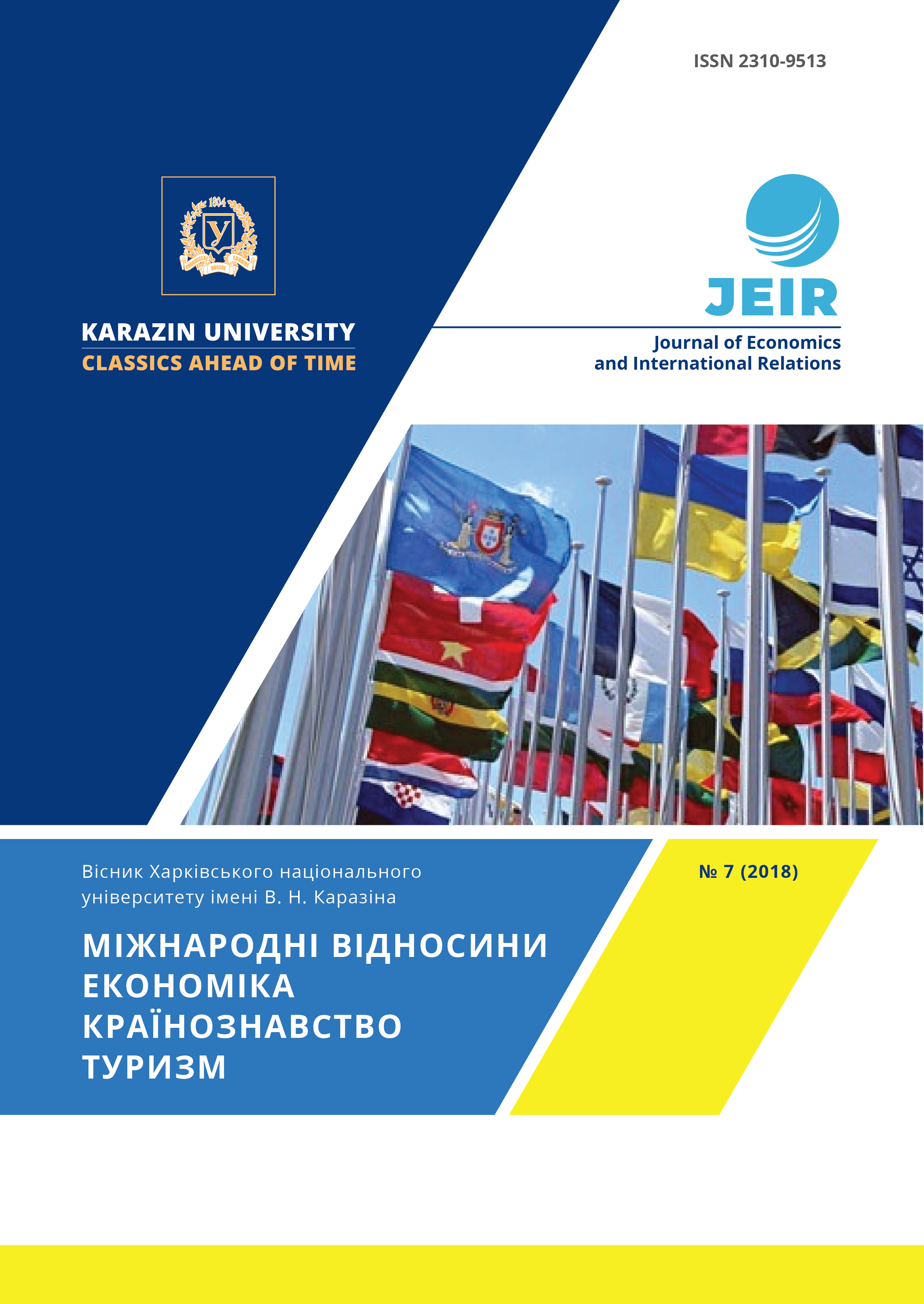Comparative analysis of socio-economic development levels of Ukraine and the Republic of Turkey within eurointegration
Abstract
The article considers the levels of socio-economic development of Ukraine and the Republic of Turkey; analyzes main demographic indicators; carries out a comparative analysis of GDP growth rates of Ukraine and the Republic of Turkey: nominal, according to purchasing power parity, per capita. The research determines dynamics and prospects of social and economic development of Ukraine and the Republic of Turkey; shows the periods of GDP decreasing and increasing of the countries. Within the European integration of Ukraine and the Republic of Turkey the author analyzes the levels of economic development with the countries of European Union according to the following criteria as GDP and GDP per capita. According to the World Bank methodology, the author analyzes which group of countries, according to the level of economic development, the states belong to
Downloads
References
World Economic Forum The Global Competitiveness Report URL: http://www.weforum.org (дата звернення: 15.07.2017).
Офіційний сайт Державної служби статистики України URL: http:// www.ukrstat.gov.ua (дата звернення: 21.07.2017).
Офіційний сайт Міністерства закордонних справ Турецької Республіки URL: http:// www.mfa.gov.tr (дата звернення: 23.08.2017).
Офіційний сайт Світового Банку URL: http:// www.worldbank.org (дата звернення: 14.15.2017).
Офіційний сайт Турецького інституту статистики URL: http:// www.turkstat.gov.tr (дата звернення: 11.09.2017).
Authors who publish with this journal agree to the following terms:
- Authors retain copyright and grant the journal right of first publication of this work under the terms of a license Creative Commons Attribution License 4.0 International (CC BY 4.0).
- Authors are able to enter into separate, additional contractual arrangements for the non-exclusive distribution of the journal's published version of the work (e.g., post it to an institutional repository or publish it in a book), with an acknowledgement of its initial publication in this journal.
- Authors are permitted and encouraged to post their work online (e.g., in institutional repositories or on their website) prior to and during the submission process, as it can lead to productive exchanges, as well as earlier and greater citation of published work.




